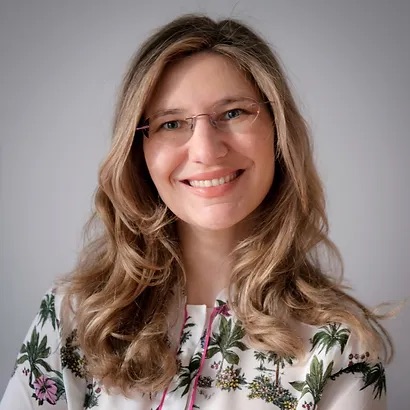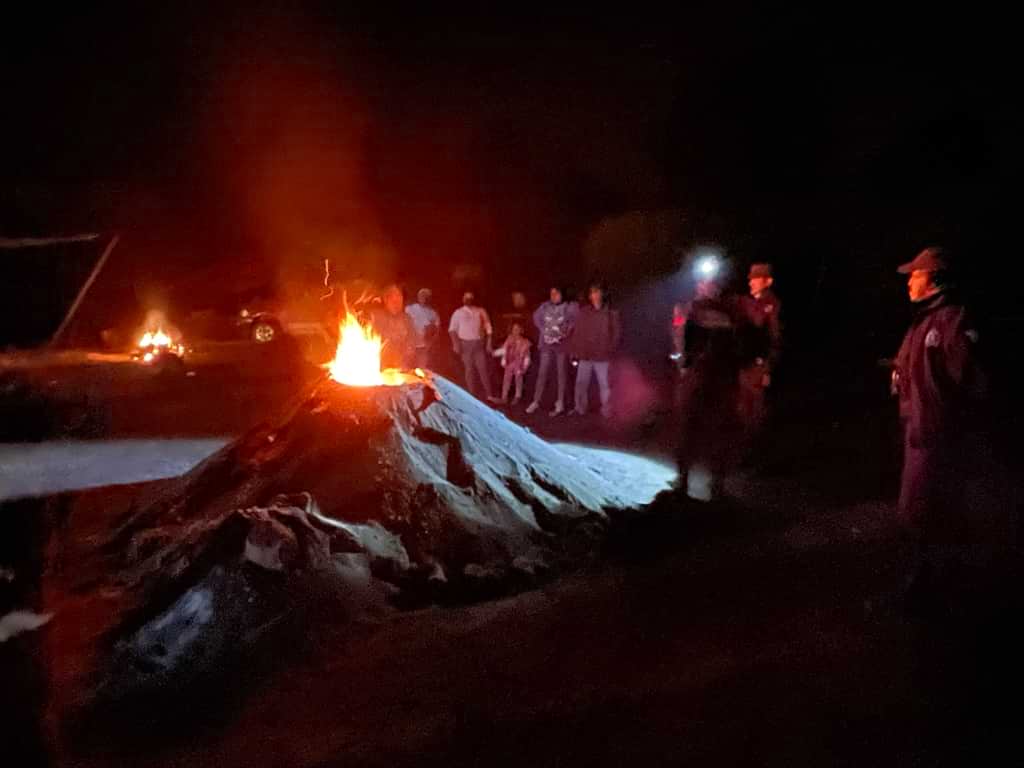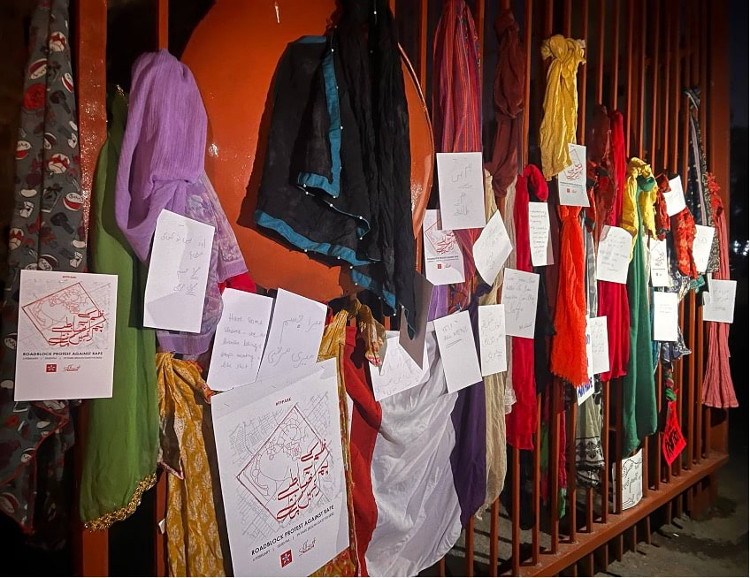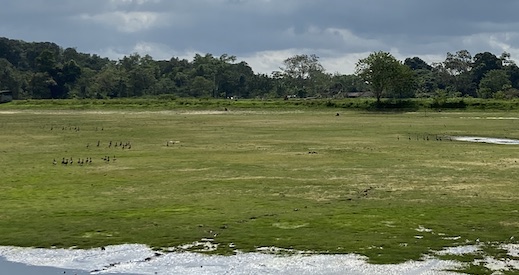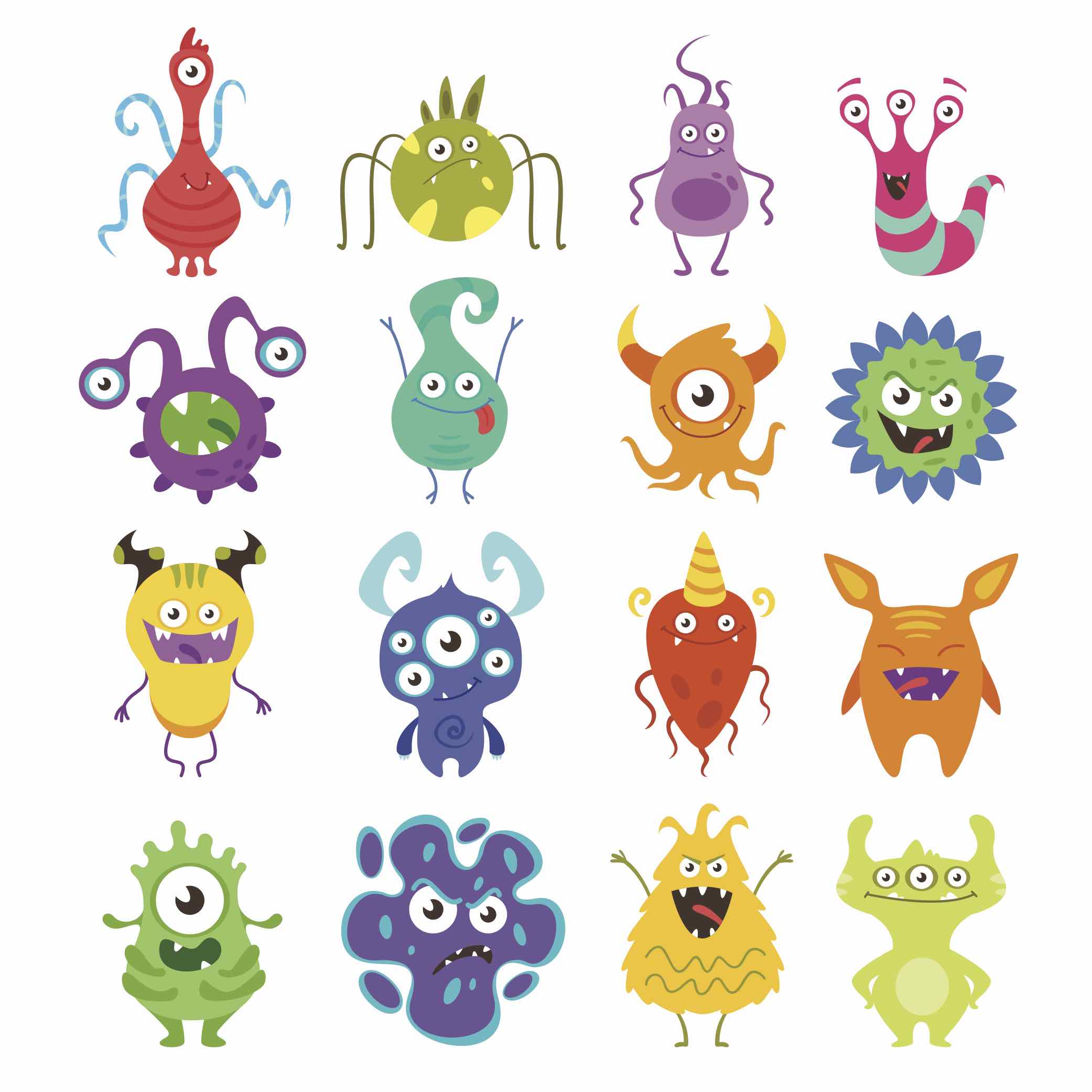
How Microbes Became Friendly: Visualizations of the Microbiome in Public Media
The biology, as astonishing as it is, does not tell us what it will mean. -Stephan Helmreich, “Homo Microbis” (2014, 4) Within microbiome research, the human body can be recast as a host of microbial ecologies, a “supraorganism” or “holobiont.” From this comes new ways of understanding and treating digestive diseases as well as illnesses associated with brain functioning, like depression and Alzheimer’s. This research reflects the increasing emphasis in the life sciences on “life as process” (Dupre and O’Malley 2007, Dupre 2020), and in the social sciences on the body as “biosocial” (Niehwöhner and Lock 2018). We take up these insights and examine one way that these ontologies of body and environment circulate in public ways by analyzing how the human body is depicted in relation to microbes and environments through public visualizations of the human microbiome. (read more...)

